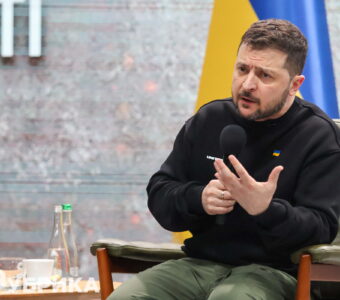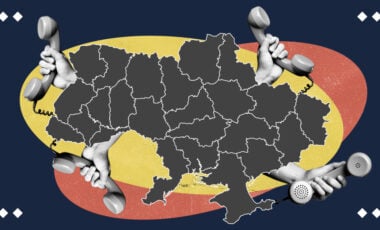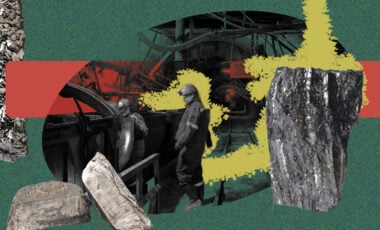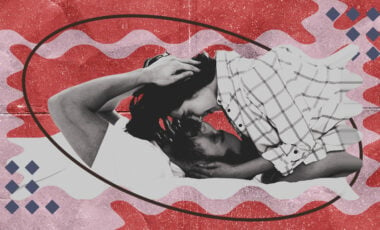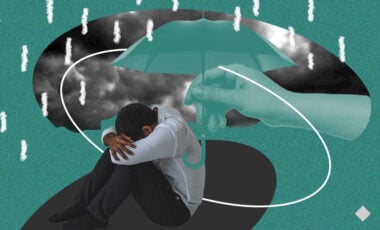IAEA assesses Chornobyl shelter after Russian drone strike
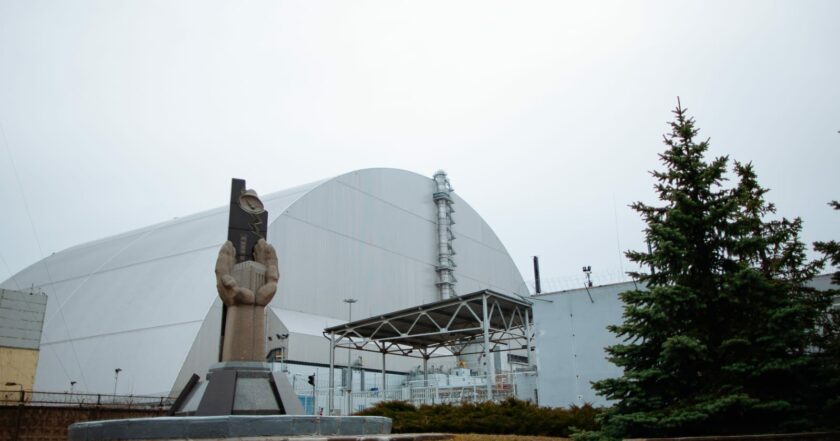
Фото: Фейсбук / Світлана Гринчук
Representatives of the International Atomic Energy Agency (IAEA) have inspected the Chornobyl Nuclear Power Plant (NPP) shelter that was damaged by a Russian drone strike and issued a statement regarding the consequences of the attack.
According to an IAEA report cited by Rubryka, the inspection team was granted full access to the explosion site and conducted a detailed assessment of the damage to the New Safe Confinement (NSC).
The Russian drone strike created a hole in the roof of the NSC, a massive arched structure designed to contain radioactive materials from the damaged fourth reactor of the Chornobyl disaster.
"Ukrainian firefighters have been working around the clock in freezing weather to completely extinguish small fires that still smoulder after Friday's drone strike on the building containing the remains of the reactor destroyed in the 1986 Chornobyl accident," said the agency's director, Rafael Grossi.
It is noted that at the site, IAEA experts recorded smoke from the roof of the NSC and the smell of burning plastic. They noted that "the fire was fueled by flammable material in the roof cladding."
During the inspection, the IAEA team also recorded that both the outer and inner shells of the arch were damaged as a result of the drone attack. "A hole with a diameter of about 6 meters was formed there, and some equipment and electrical cables were also damaged."
However, "the supporting beams did not suffer significant damage." Repairs to the shelter should begin once the fire is completely extinguished.
The IAEA also reported that, despite the significant damage caused by the drone strike, the radiation level at the facility has not changed.
"This was clearly a very serious incident, with a drone hitting and damaging a large protective structure at a major nuclear site. As I have stated repeatedly during this devastating war, attacking a nuclear facility is an absolute no-go, it should never happen," Grossi stressed.
The IAEA team was also shown some of the drone debris left at the scene, including parts of the wings. The damaged drone was removed by Ukrainian experts and taken away for further analysis.
The team was informed that the plant plans to install additional sensors to measure dose rates and aerosol concentrations near the attack site.
What is known about the UAV attack on the reactor at the Chornobyl NPP
According to Volodymyr Zelensky, the drone strike targeted the sarcophagus of the Chornobyl NPP, which he described as "the most dangerous object in Europe" and which was originally built with the support of 40 countries.
Judging by the published photos, the sarcophagus of the power unit was attacked by the Geran-2 drone, the Russian version of the Iranian Shahed drone.
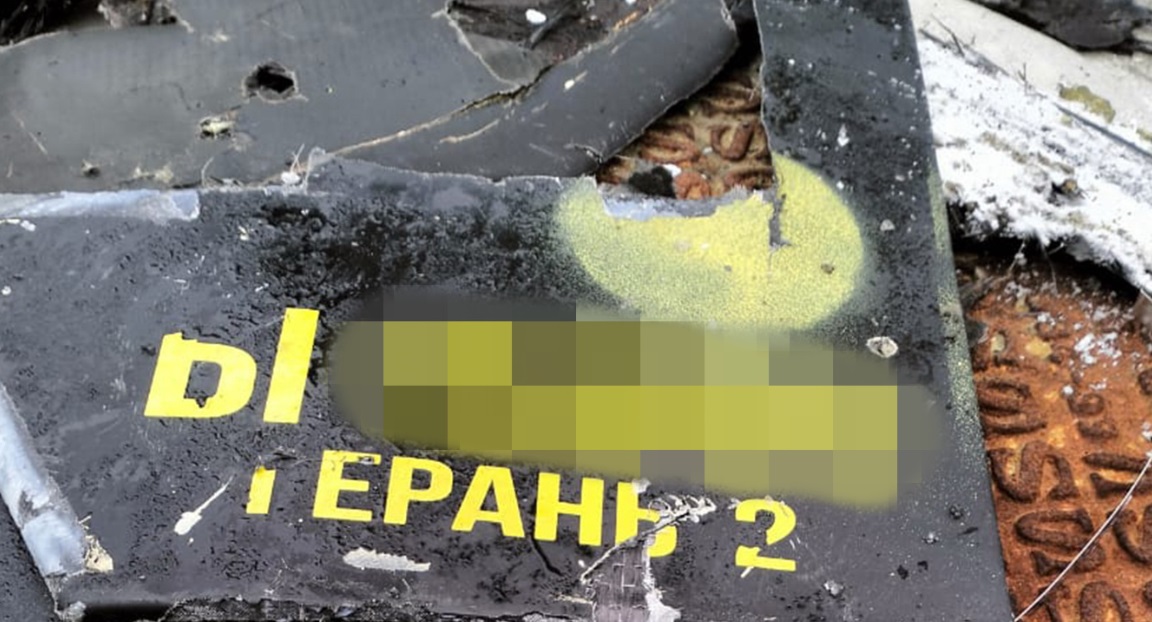 Photo: Ukrainian Security Service
Photo: Ukrainian Security Service"For maximum fire damage, this strike drone was equipped with a high-explosive warhead. According to experts, the Russians targeted this facility. As a result of the hit, the shelter structure was damaged," the SBU noted.
As of February 15, emergency responders managed to localize the fire in the filler of the outer shell of the shelter over the fourth reactor of the Chornobyl NPP.
According to existing agreements, Ukrainian air defense forces do not shoot down enemy UAVs over nuclear facilities. Thus, as experts note, this was a deliberate crime by the Russian invaders.




